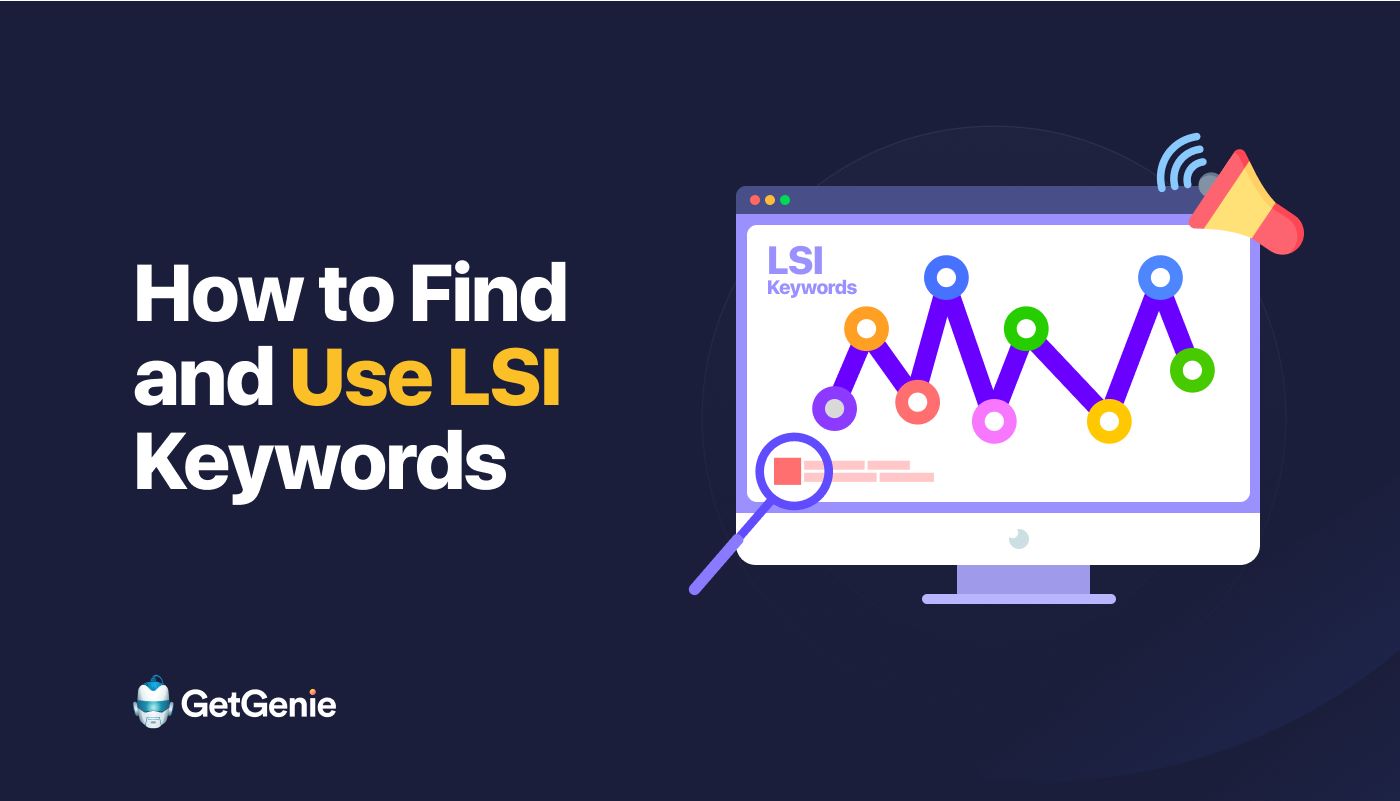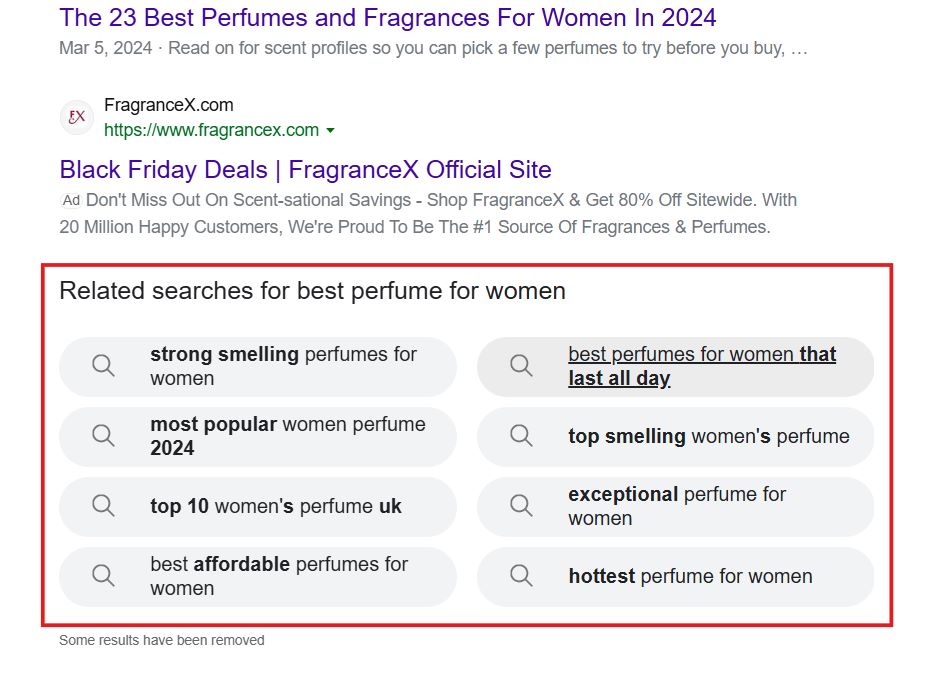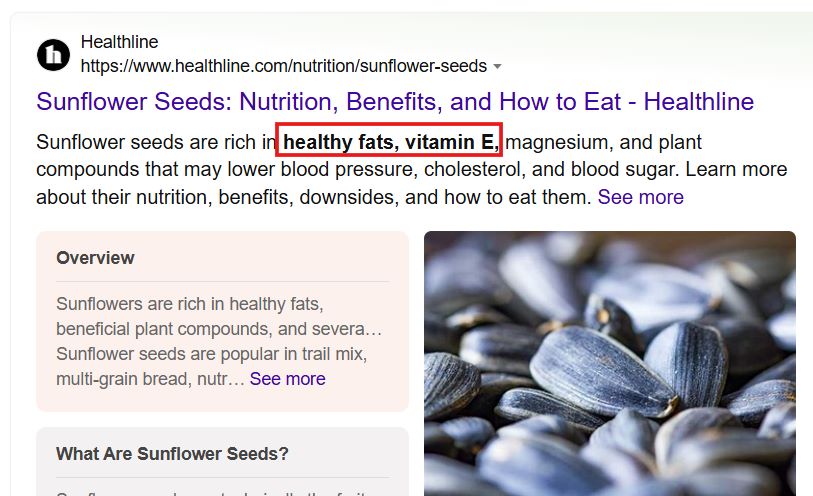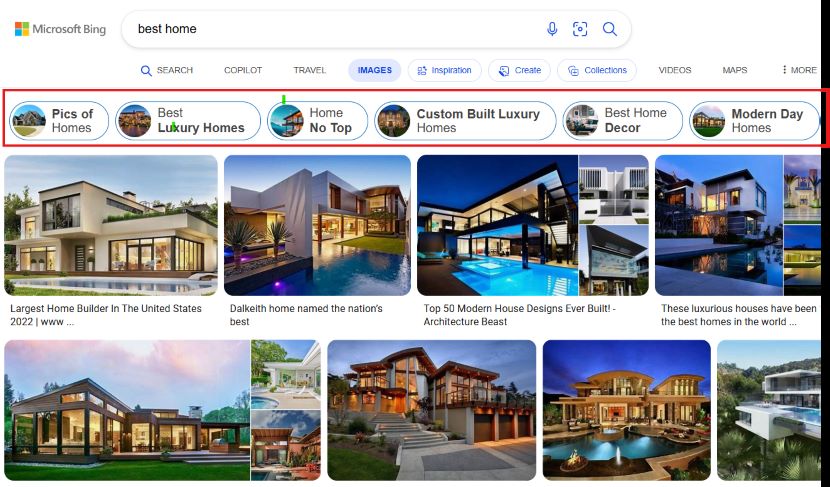How to Find and Use LSI Keywords to Get More Organic Clicks

Want to boost your website’s organic traffic? LSI keywords are the secret ingredient.
Search engines analyze and categorize each page of your website. This crawling aims to analyze the content of every page of your website. Since over 15% of Google’s daily searches consist of completely new terms, your pages may have lower indexing rates without the inclusion of LSI keywords.
So, let’s find out how to find and use LSI keywords to dominate search engine results.
- Overview of LSI Keywords
- What are LSI Keywords?
- Why are LSI Keywords Significant?
- 1. Finding LSI with AI
- 2. Explore Google's Related Searches
- 3. Check People Also Ask
- 4. Utilize Google's Autocomplete
- 5. Check Google's Snippets
- 6. Explore Tags in Google Images
- How to Incorporate LSI Keywords into Your Posts
- Where to Place LSI Keywords
Overview of LSI Keywords
Ever wondered how search engines understand the context of your content? The answer lies in LSI keywords.
What are LSI Keywords?
LSI stands for Latent Semantic Indexing. These are words and phrases related to your primary keyword. For example, if your primary keyword is “Computer”, your LSI keywords would be these:
- Laptop
- Desktop
- Accessories
- Mouse
- Keyboard
- Printer
These words help search engines understand the context of your content, improving your search engine rankings.
Why are LSI Keywords Significant?
LSI keywords are crucial for several reasons:
- Improved Search Engine Rankings: LSI keywords can signal to search engines that your content is comprehensive and relevant to a broader range of search queries.
- Enhanced User Experience: LSI keywords help you create more informative and engaging content that fulfills user intent.
- Increased Organic Traffic: By targeting a wider range of relevant keywords, you can attract more organic traffic to your website.
How to Find LSI Keywords [6 Methods]
Now, we already know what LSI keywords are and their significance, but how can we really find these keywords? In this section, we’ll discuss the six methods of finding these keywords.
1. Finding LSI with AI
Many AI-powered tools can generate LSI keywords based on your primary keyword. These tools can save you time and effort, especially for large-scale keyword research.
And here we introduce GetGenie to help you conduct keyword research easily.
Why should you opt for GetGenie for finding LSI keywords?
GetGenie can:
- Quickly generate a list of LSI keywords based on the primary keyword.
- Provide highly accurate and relevant keyword suggestions because of its advanced AI algorithms.
- Get free access to LSI keyword research feature.
- Allow smooth navigation for both beginners and experienced SEO professionals, marketers, content writers, etc.
So, let’s find out the truthfulness of these claims by walking you through the entire process of finding the LSI keywords:
To start with the process, make sure that you select the Blog Wizard template of GetGenie. Enter your primary or main keyword and click on the “Analyze Keyword” button.

You will be directed to a page where you’ll get to see the keyword analysis result including:
- Search Volume
- Competition Level
- Cost-per-click
Additionally, you will see the overview chart showcasing the search volume and Google trends.
Finally, as our main goal here is to find the LSI keywords, GetGenie will also provide you with the related keywords of your primary keyword.
However, the free plan will only give you a few LSI keywords, so it would be better if you upgrade to its pro plan so that you will get all the LSI keywords of your main keyword.
And that’s it! Pretty easy, right?

2. Explore Google’s Related Searches
When you search for a keyword on Google, you’ll see a list of related search terms at the bottom of the page. These are excellent sources of LSI keywords.
Your task is only to enter the main keyword in the search bar and proceed to the related searches by scrolling down your screen. For example, your main keyword is best perfume for women and you’ll find its LSI keywords at the bottom part of the page.

3. Check People Also Ask
If related searches reveal what to include in your content alongside with your main keyword. On the other hand, the People Also Ask section offers deeper insights into search intent and these questions can be valuable LSI keywords.
However, this method limits your search for the LSI keywords as it only gives a few keywords just like the second method.
4. Utilize Google’s Autocomplete
Google’s instant search is an easy way to discover keywords related to your main term. Simply enter your target keyword into the search bar, and you’ll see a range of predictive suggestions. Focus on the bolded terms and note those relevant to your topic.
These suggestions from Google’s autocomplete feature can be used as LSI keywords and incorporate them naturally into your content.
5. Check Google’s Snippets
Another method to discover LSI keywords on Google is by checking the snippets in the search results. Google often highlights related terms in bold.
For example, when you search for the keyword sunflower seeds, you might see healthy fats and Vitamin E emphasized in bold, indicating its relevance.

Pay attention to the keywords used in these snippets to identify potential LSI keywords. However, this method might not work for all keywords you put in. Some keywords might not give you the same result.
6. Explore Tags in Google Images
The last and can be considered as a lesser-known method is through exploring the tags in Google images. This method is still a highly effective way to find free LSI keywords. You can use the images tags to identify various related terms and phrases.
This method can be done by entering the target keyword in the search bar. Then, proceed to the “Images” section. For instance, using the keyword “best home”, you’ll notice related terms displayed in the top panel.

These suggestions are valuable LSI keywords to include in your content for better optimization.
And that’s it, we’re done with the different methods in finding LSI keywords to get more organic clicks.
How to Use LSI Keywords
After we learn how to identify the perfect LSI keywords, it’s time to tackle on how to incorporate them in the content effectively.
In this section, we’ll explore how and where to incorporate LSI keywords naturally, ensuring they are easy for Google to detect.
How to Incorporate LSI Keywords into Your Posts
Before deciding how to integrate LSI keywords into your content, you must first identify the ones most relevant to your topic. These aren’t always easy to incorporate. Some may sound awkward grammatically or disrupt the natural flow of your content.
To ensure they appear naturally, here are a few tips on how to add the LSI keywords to your content:
- Incorporate questions related to LSI keywords to introduce new points.
- Divide larger content sections into smaller parts and use LSI keywords as subheadings.
- Include definitions of LSI keywords when they add value to your content.
To better understand it, let’s take a look at this example using “olive cooking oil” as your keyword in different ways:
- Subheading: The Health Benefits of Olive Cooking Oil
- Question: What is the ideal temperature for sautéing vegetables in olive cooking oil?
- Statement: Drizzle a generous amount of olive cooking oil over the roasted vegetables for extra flavor.
Where to Place LSI Keywords
After identifying the right LSI keywords, start incorporating them throughout your post. While blending them naturally into the content is important, don’t just stop there. Make sure to include your LSI keywords in the right places:
To determine the right places for your LSI keywords, you should first know the answer to this question — Where does Google look for LSI keywords?
Here we go! The right places where your LSI keywords along with your main keyword be distributed are as follows:
- Main content
- H2 and H3 tags
- Image alt tags
- Title tag
- Meta descriptions
- URL
Avoid stuffing these keywords unnecessarily. Instead, incorporate them naturally wherever they fit. Aim to distribute them organically throughout different sections of your content so that Google can easily understand the context.
Take note that by far, Google has no specific density for these keywords so you can make use of them in a natural way.
Wrapping up
Understanding how LSI keywords can enhance your search rankings gives you a competitive edge. Plus, finding and integrating them into your content is a breeze.
Smart optimization is the key to staying ahead. With proper LSI keyword research, you’ll see improved results and better performance.
Ready to dive into LSI keyword research? Don’t forget to explore our methods and tips to boost your rankings.
